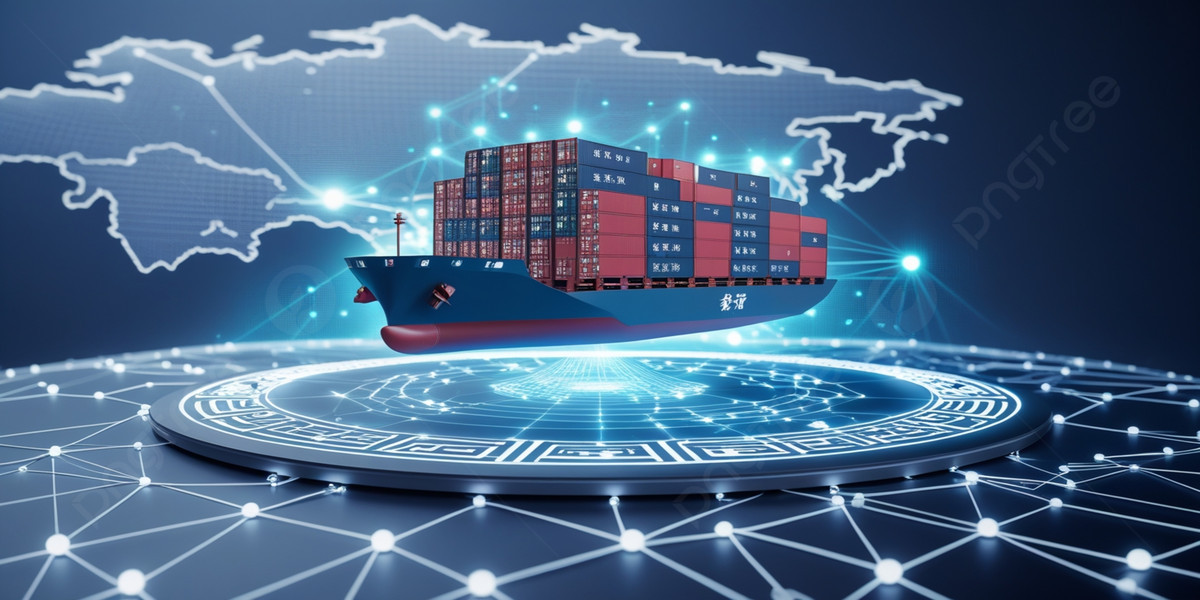Global trade has always been the backbone of economic growth, connecting countries, industries, and people. But in the 21st century, the landscape is shifting faster than ever. From the rise of digital finance to sustainability regulations, several powerful forces are shaping the future of international commerce.
The Digital Economy and E-Commerce
One of the most important shifts is the rapid growth of digital platforms. E-commerce giants like Amazon, Alibaba, and Mercado Libre are expanding global supply chains, enabling small businesses to reach international customers with ease.
Cross-border e-commerce is expected to continue rising, particularly as digital payment solutions and cryptocurrencies reduce barriers to transactions. Blockchain technology could make supply chains more transparent, minimizing fraud and inefficiency.
Automation and Artificial Intelligence
Automation is transforming manufacturing and logistics. Ports are becoming “smart” with AI-driven tracking systems, while warehouses use robotics to improve efficiency. This doesn’t just speed up trade but also changes the labor market, reducing demand for some jobs while creating new ones in tech and data analysis.
For developing nations, the challenge will be balancing job creation with the adoption of new technologies.
Shifting Economic Power
The global balance of power is also changing. Asia, especially China and India, continues to play a bigger role in global trade. Emerging markets in Africa and Latin America are also gaining importance, driven by resource exports and growing consumer markets.
This shift creates new opportunities but also new tensions, as trade wars and tariff disputes highlight the fragility of global cooperation.
Sustainability and Green Trade
Perhaps the biggest long-term trend is sustainability. Governments, corporations, and consumers are increasingly demanding eco-friendly policies. From carbon taxes to bans on certain plastics, regulations are reshaping how goods are produced and transported.
Green supply chains — powered by renewable energy and sustainable materials — are no longer optional; they are becoming a competitive advantage. Companies that fail to adapt risk being left behind.
Challenges Ahead
Despite progress, global trade faces hurdles:
Geopolitical Tensions: Trade wars and sanctions disrupt stability.
Climate Change: Extreme weather threatens supply chains.
Economic Inequality: Benefits of trade are often unevenly distributed.
Addressing these challenges will require international cooperation, innovation, and stronger institutions.
Conclusion
The future of trade will be shaped by technology, sustainability, and shifting global power. Businesses that embrace digital tools, green policies, and global collaboration will thrive, while those resistant to change may struggle. For consumers, this future could mean faster deliveries, more ethical products, and a more connected world.





